

In the Kitchen With ‘Real Americans’ Author Rachel Khong
Knocking on the front door, it’s already clear that this is one of those dreamy California artist houses, its rich green paint and big windows lighting up a quiet street. Inside there are flowers on the bathroom shelf, music lilting in the background. And the kitchen! A jar of fresh cilantro sprigs on the table. The sea green backsplash, warm wooden cabinets, and the dangling strands of a pothos over the sink. It’s an unfriendly, blustery early-spring day out there in Los Angeles, but everything in here is inviting, most of all its inhabitants: the author and food journalist Rachel Khong and a sweet brown cat she and her husband call Bunny.
[time-brightcove not-tgx=”true”]
I was warned about this. A mutual friend told me about Khong’s cozy office, stacked high with books; about the persimmon tree outside; about, most of all, what happens in this kitchen: “She’ll woo you with her delicious things.” Tonight, I’m here to talk to Khong about her second novel, Real Americans, while making a dinner she planned for us—mapo tofu with pork and mushrooms, smashed-cucumber salad, and rice.
This marriage of food and fiction is only fitting for a writer whose career has been defined by both. Khong, 38, started in food service then came up in food media, an early staffer at Lucky Peach magazine under celebrity chef David Chang and his partner Chris Ying. After the magazine shuttered in 2017, she founded the Ruby, a co-working space for women and nonbinary creatives in San Francisco, making food and beverage programming a crucial element.
For all these reasons, people who know Khong’s work tend to arrive at her fiction with certain expectations. To some, her 2017 debut novel Goodbye, Vitamin, about a young woman caring for her father after an Alzheimer’s diagnosis, was brimming with food. To others, there wasn’t enough. Real Americans will inspire the same response.
Read More: The 25 Most Anticipated Books of 2024
On its surface—and at its heart—the book has nothing to do with cooking or dining; it’s a multigenerational family saga tracing the lives of a mother, a son, and a grandmother through a history that begins in China during the Cultural Revolution and reaches into the future, though not in that order. Khong layers the lives of her characters to challenge how well we can really know one another. The book asks who gets to be American and calls for deeper compassion. It also, in my experience, could make a reader very hungry.
“There’s not that much food in it, right? I think we can agree on that,” Khong says when I broach the subject. My mind immediately fills with images she conjured on the page: a teenager staring warily into the shell of his first oyster, a man chewing dry chicken. A scene at the fanciest restaurant a 20-something has ever visited, her date sliding the rest of his buttery venison across the table to her.
We look at each other and laugh. “Oh,” Khong says. “Do you think there’s a lot?”
Khong, who was born to ethnically Chinese parents in Malaysia and moved to the U.S. when she was 2, grew up with an “uncomplicated” love of food. Her family ate dinner together every night, usually home-cooked Chinese or Malaysian dishes her mother made. It wasn’t only the food that set an example for Khong: “She’s a joyful cook too—it wasn’t drudgery for her,” she says.
Now, for Khong herself, making dinner at the end of the day is an important ritual. After moving from San Francisco to Los Angeles less than a year ago, for the first time she’s working as a full-time writer without the structure of her previous workplaces. “There’s something uncomfortable about writing something that’s just your own and nobody is expecting it,” she says. “You’re kind of looking around like, Who gave you permission?” To cope with her amorphous new schedule, she started to build up routines to create a sense of accomplishment at the end of the day. Usually, she takes a walk in the morning—the only safe time to avoid baking in the Southern California sun—then writes for two to four hours. The rest of the afternoon seems to disappear, so come dinnertime, there’s comfort in doing something so concrete. “Cooking is always satisfying—there’s nothing like writing 1,000 words and feeling like I need to delete them all,” she says. “You can’t f-ck things up so bad that it’s not edible.” (Well, maybe she can’t.)
Tonight, she puts me to work first peeling ginger, handing over a thin-sided spoon she picked up in Thailand, her favorite tool for the job. She sets a radish-shaped timer, a souvenir from Japan, next to the stove for the rice. Soon, to smash cucumbers, she’ll give me the biggest pestle I’ve ever held—the kind used to make curry paste in Southeast Asia. And later, I’ll watch her as she stands over the pan of sizzling mushrooms and meat with a hand on her hip, stirring in a mix of Chinese and Japanese pastes and seasonings without measuring (Sichuan peppercorns and chili-bean sauce, miso and vinegar, soy sauce). There’s a sense of blending cultures here that feels particular, a porous line between identities that shows up in Real Americans.
There is no shortage of great immigration stories. Khong’s feels real because it comes from a place of authenticity. This is not her family’s story, but the way the characters are searching for belonging, or have found ways to be multiple things at once, rings true—she captures the feeling of floating in the in-between, not firmly tethered to one pole of identity or another but instead looking for a way to feel secure in your own space.
And that title—Real Americans—evokes more questions than any single book could answer. What is American, and what is real? In Khong’s novel, it’s someone far away, someone who has never identified as American, who uses the phrase to describe one of the three main characters. And that character probably would not say it about herself. This is how Khong’s novel pokes holes in the assumptions we make about each other. As soon as you start to understand one of the three protagonists, she moves on to the next, tracing the influence of history, trauma, biology, and life experience on how the characters are understood, or misunderstood, by one another.
Khong describes the space she’s trying to fill—or rather, the space she finds herself in without trying. Her favorite writers are Deborah Levy, Ruth Ozeki, Kazuo Ishiguro—writers who do their own thing, conventions be damned, and this book offers a twist in genre of its own, a turn into the realm of speculative fiction. On a more personal level, Khong felt like there was no one with her point of view writing fiction she could fully relate to when she was growing up. Amy Tan’s work was “unabashedly Chinese” in a way Khong was not. “I felt like I wasn’t anything enough—I wasn’t Chinese enough. I wasn’t Malaysian enough. I definitely wasn’t American enough, even though I felt more American than anything else,” she says. It’s akin to how Lily—the mother in Real Americans, sandwiched between the other two characters—might describe herself.
Khong shied away from writing about Asian American identity in Goodbye, Vitamin—she didn’t feel skilled enough to tackle it in the way she would’ve wanted to. Since then, she has written multiple short stories with Asian characters, finding her way through. “Usually it’s not that the whole story is about Asian American identity. It’s more like this Asian American female character is just going about her day and then is reminded she’s Asian by other people, which is reflective of my own experience,” she says. Lily is a representation of this woman in the Y2K era. Someday, Khong posits, Lily’s story may feel obvious. “As I was writing, I was thinking: How much of this is too basic?” she says. She gives an example, tying her thoughts back, as ever, to food. She references “the smelly-lunch story” and how certain experiences become tropes. “People know that immigrant kids once felt embarrassed by their lunches, and now it’s a cliché. If in 10 years it seems like Lily’s story is dated because nobody could possibly be insecure about these things anymore, that’s fine,” Khong says—then clarifies, “That would be really great.”
We’re both hungry by the time dinner is ready. I’m giddy as I help set the table, laying down yellow cloth napkins and heavy ceramic plates. Khong has this device she uses in her writing—food in her world is like the weather, an omen. That dry chicken I remembered before? It was a breakup scene, a mistake in the kitchen portending certain doom. “The food is bad when people aren’t having a good time or something is wrong,” she says.
We’re silent for a moment, chewing. The tofu is soft and savory, Khong’s improvised blend of spicy, salty, and tangy flavors hitting every note. The cucumbers are crisp and garlicky, cooling in contrast. The rice is fluffy and tender, balancing it all out. This food is, in a word, delicious.
Get the latest work and career updates delivered straight to your inbox by subscribing to our magazine category today. Stay informed and ahead of the game with Subscrb.
The content on this website has been curated from various sources and is for informational purposes only. We do not claim ownership of any of the content posted here, all rights belong to their respective authors. While we make every effort to ensure that the information is accurate and up-to-date, we cannot guarantee its completeness or accuracy. Any opinions or views expressed on this website are solely those of the original authors and do not necessarily represent our own. We do not endorse or take responsibility for the content or actions of external websites or individuals linked from this website. Any reliance on the information provided on this website is done at your own risk. Please note that this article was originally seen on the source website TIME, by the author Lucy Feldman
-
SALE!

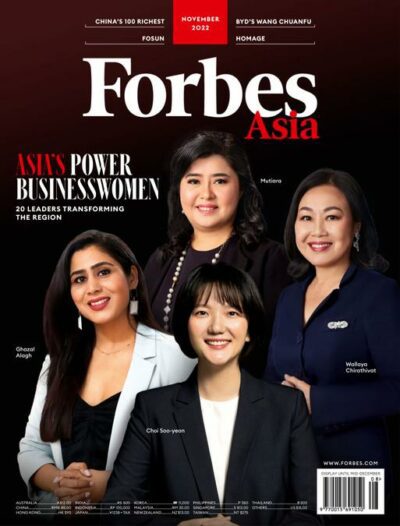

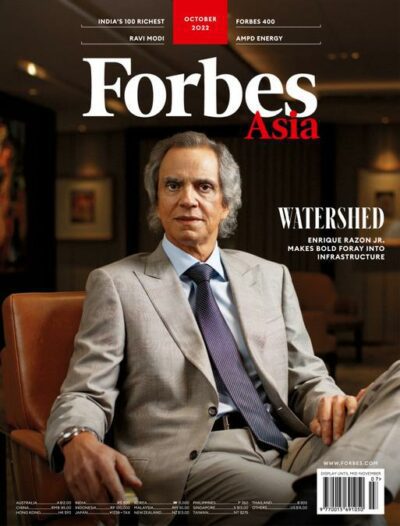
Forbes Asia Magazine Subscription
From: RM220 / year -
SALE!


Fortune Magazine Subscription
From: RM118 / year -
OUT OF STOCK

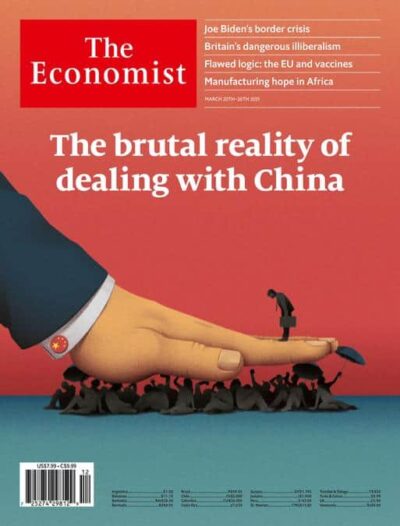


The Economist Magazine Subscription
From: RM1530 / year -

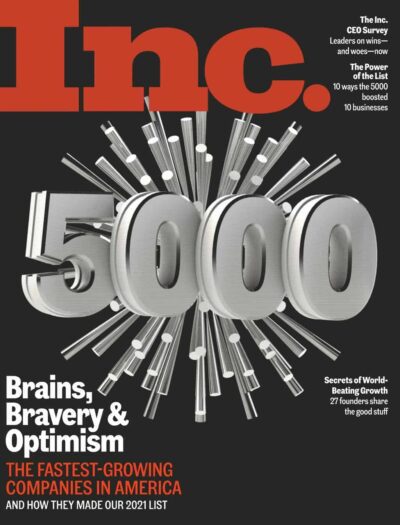
Inc. Magazine Magazine Subscription
From: RM22 / year -


Consumer Reports Magazine Subscription
From: RM22 / year -

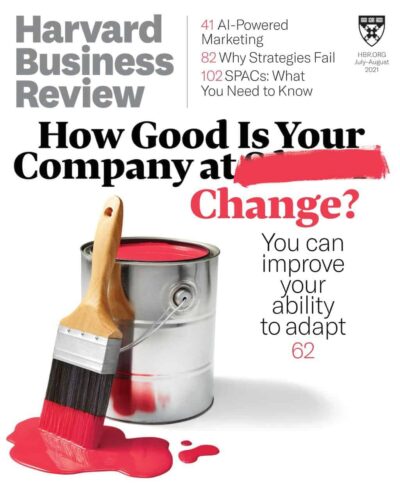
Harvard Business Review Magazine Subscription
From: RM83 / month -

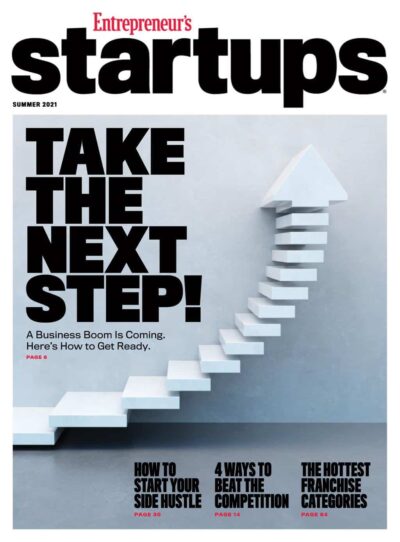
Entrepreneur’s Startups Magazine Subscription
From: RM4 / year -

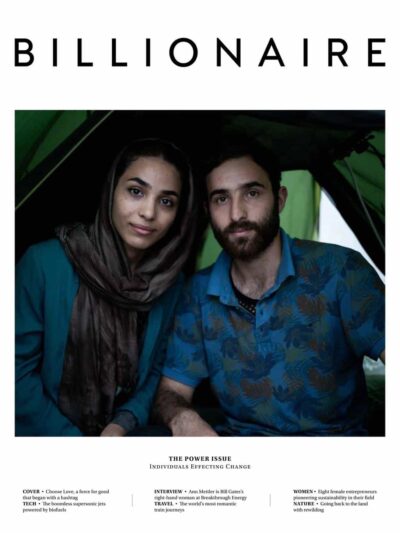
BILLIONAIRE Magazine Subscription
From: RM131 / year



